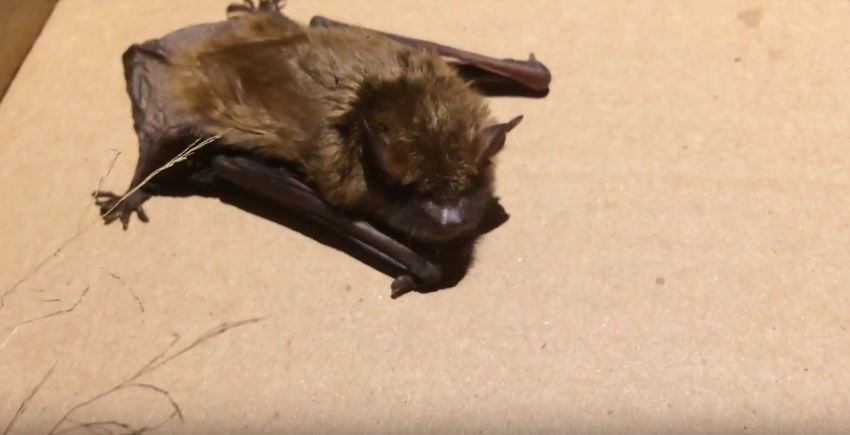Biology of Evening Bat: Appearance, Biology, Life Cycle, Habitat, Diet, Behavior

Evening Bat, or to use its binomial name Nycticeiushumeralis is a small made bat native to the North American continent and mostly found in Midwestern and Eastern United States. It weighs only 7-10 grams even when it is fully grown, the color is a mix of gray and dark brown and prominent dog-like muzzles. Their eyes are a significant black color different from the body, and the wings, snout and tail membranes of the adult bats are devoid of hair. Evening Bats are quite similar to Big Brown Bats except for their minuscular size.
Biology and Life Cycle
Evening Bats have relatively short life cycles when compared to other bats in the similar geographical area. The full life cycle of a Nycticeiushumeralis lasts 4-6 years. Within this short life span, they reproduce up to 4 offspring a year. This is said to be a reason for their lives to be short as well since bats that reproduce less than 2 pups a year tend to live longer.
Evening Bats have their mating time during the fall and winter seasons with the males having their sperms stored until the spring. Female Evening Bats form certain colonies during the mating period where they get impregnated and give birth. Over 90% of Nycticeiushumeralis births are twins while there are rare cases of single and triplet pups being born as well? Evening Bats nurse their own babies and sometimes allow any unrelated females in the group to nurse the pups as well. The little ones get the ability to fly by the time they reach the age of one month. Once adults, they tend to return to the same place they were born to give birth.
Habitat, Diet, and Behavior
As mentioned earlier, their main residing regions are Midwest and eastern parts of United States. However, there is a low population on the southern side of States such as Florida and Michigan. Nycticeiushumeralis prefers wilderness and forests as their habitats. They set up their colonies mostly around rivers and wetlands where there is high humidity. They live on trees and are never really found inside caves or unattended dwellings.
The diet of Evening bats usually consists of insects such as beetles, ants, flies and various bugs. Around Indiana and Illinois, there have been observations that the Evenings Bats largely consumed the spotted cucumber beetle which used to be a large disruption to the agriculture in the area. Moths in the forests are another large component of the diet of an Evening Bat, and the rest consists of any flying bugs that they can find. They usually have different prey species for different times of the year.
Nycticeiushumeralis is a largely nocturnal animal. During the earlier part of the evening, they are seen to be flying higher in the sky, and they get lower as the darkness falls. They use an echo mechanism to find their praise. Evening bats usually live in small colonies all their life. During fall the female bats migrate to the South and return to homes during the spring to have their young.
Read the How to get rid of bats page for helpful information and to learn more about Biology of Evening Bat: Appearance, Biology, Life Cycle, Habitat, Diet, Behavior

